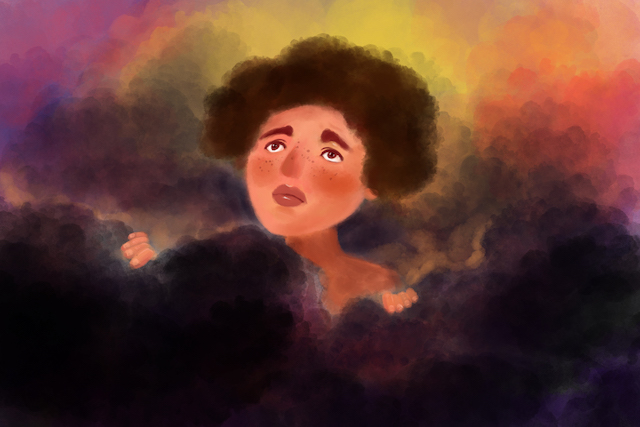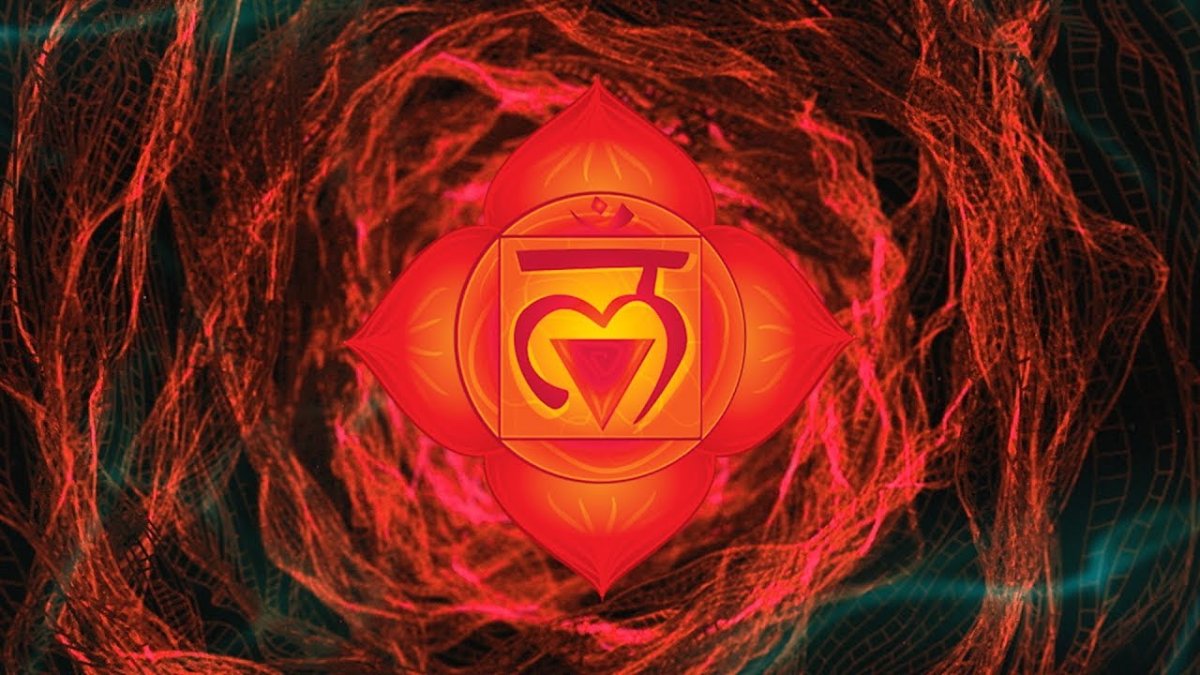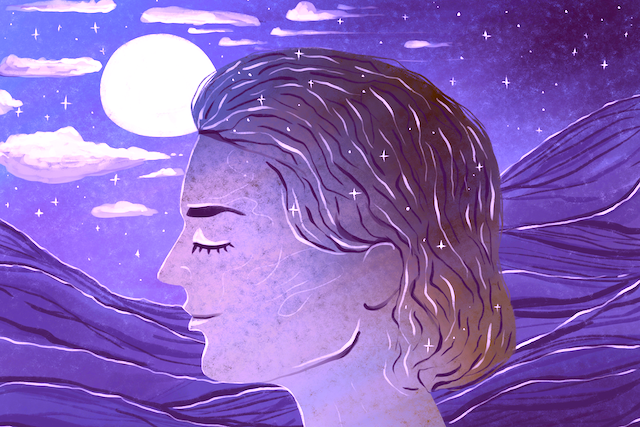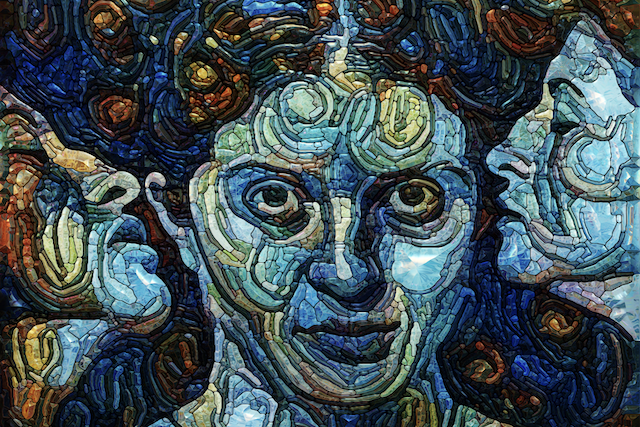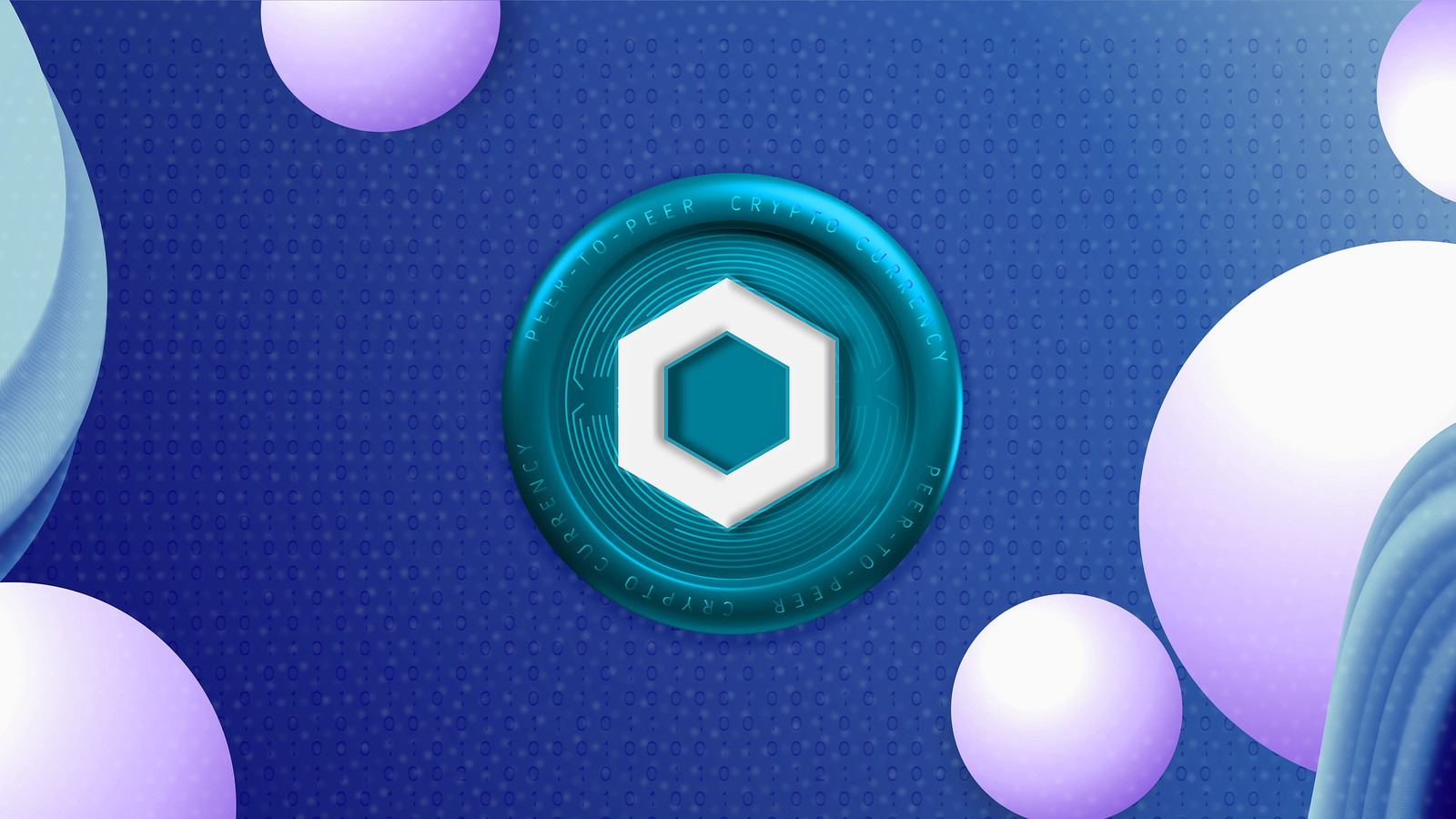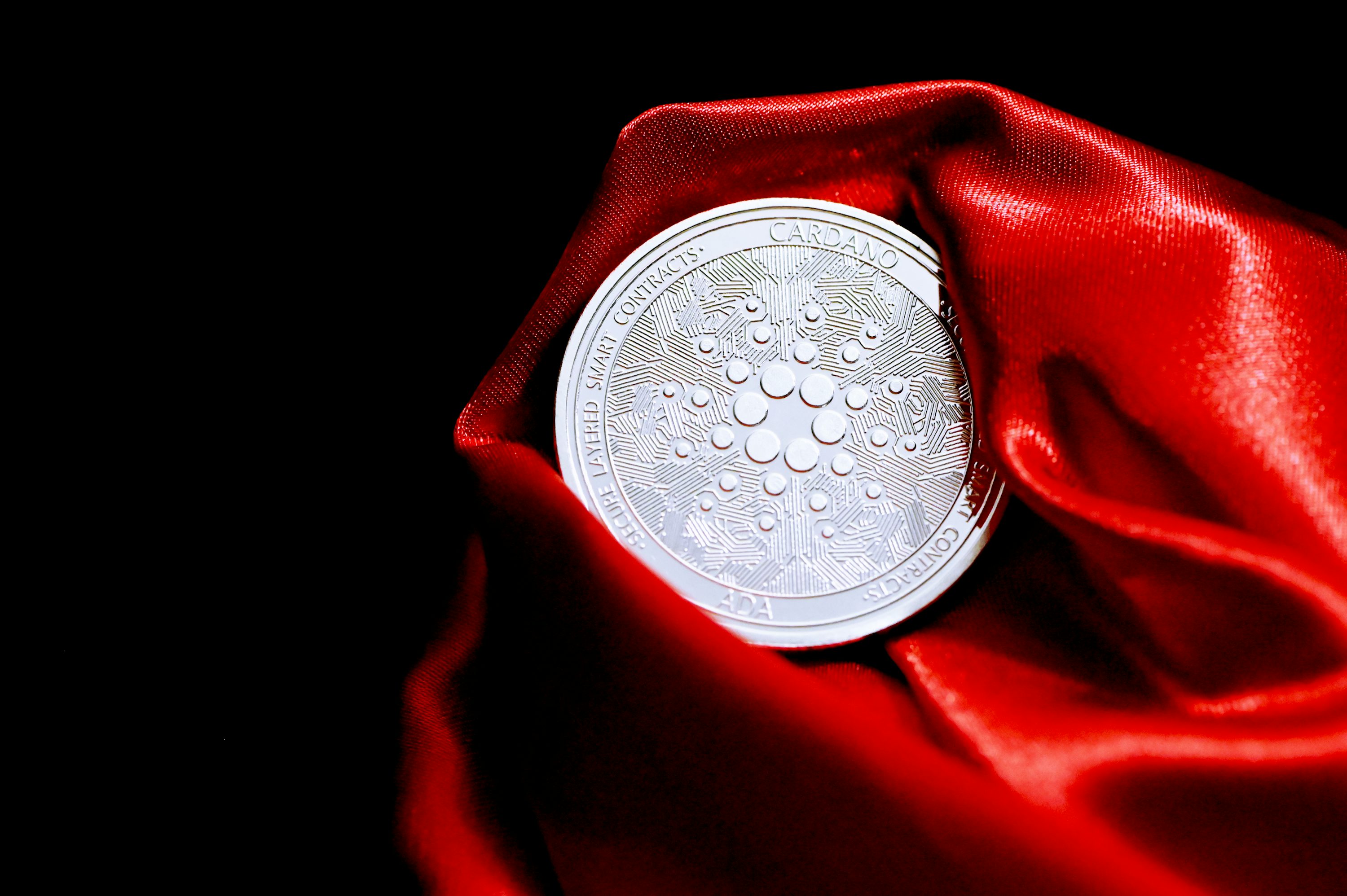The Noble Truth of Pain
A teacher with a chronic affliction on the value of being present with physical suffering The post The Noble Truth of Pain appeared first on Tricycle: The Buddhist Review.
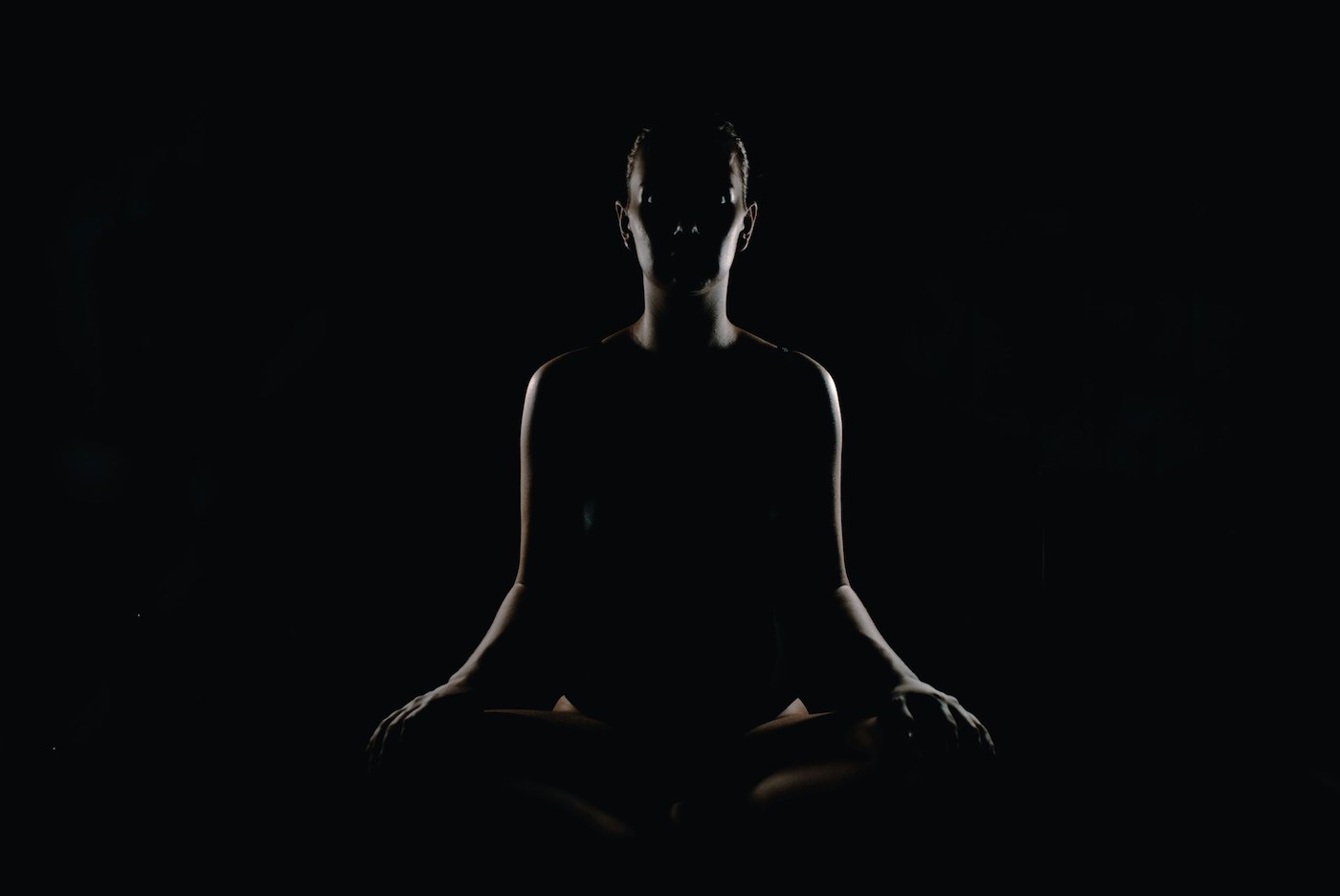
The Pali word dukkha is usually translated as “suffering,” and we generally talk about “sickness, old age, and death” as the basic categories of that suffering. But sickness does not begin to cover all of the kinds of pain physical bodies experience, and understanding and reorienting our experiences to be inclusive of this wider variety of pain is a powerful Zen practice.
To begin with, I’d like to set out a few caveats. First, although it is actually impossible to disentangle physical pain from mental and emotional pain, I’m going to focus on the embodied experience of physical pain, because this topic is so vast. In my specific case, the pain I am referring to is rheumatoid arthritis (aka RA), an autoimmune disease that leads to swelling and pain in the joints, as well as fatigue and brain fog. In addition to the immediate pains of the condition, RA can also lead to longer-term degeneration of other parts of the body, such as heart, lungs, and eyes, but for the purposes of this teaching, I am going to focus on the former physical embodied immediate pains associated with RA. Second, I do not want to claim that my encounters with pain are special. I can say with 100 percent certainty that every single person reading this has experienced physical pain. I can also say with 100 percent certainty that there are people reading this who have had far more intense, long-lasting, and life-threatening pain than I have experienced. But in my attempts to come to grips with having a chronic autoimmune disease, I’ve made a study of pain, and I’d like to share some of what I’ve learned.
What exactly is pain? It’s one of those big fuzzy words that is recognized and used by everyone but hard to actually define. Even the dictionary definitions seem to be searching for clarity. One definition is “a localized or generalized unpleasant bodily sensation or complex of sensations that causes mild to severe physical discomfort and emotional distress and typically results from bodily disorder,” with another definition of pain being “a basic bodily sensation that is induced by a noxious stimulus, is received by naked nerve endings, is associated with actual or potential tissue damage, is characterized by physical discomfort (such as pricking, throbbing, or aching), and typically leads to evasive action.” To me, defining pain as “unpleasant bodily sensation” is just kicking the can down the road—what is the definition of “unpleasant”? And I have to say I love the definition of pain as being caused by “a noxious stimulus”—it’s so evocative and yet so unclear.
However, these definitions do point to some important truths. First, pain is not a disorder or a mistake. People who have congenital insensitivity to pain (that is, they cannot feel pain) often have their lives cut short or suffer serious but avoidable injuries, because pain is an important part of life. Without the “evasive action” pain evokes in us, we would leave our hand on the hot stove, walk on a broken foot, or not realize we needed to visit the doctor. Pain, in fact, is good; it exists to warn us of danger. Of course there are all kinds of pain that aren’t helpful either because the pain continues after the danger has passed (your hand won’t stop hurting the instant you lift it off the burner) or because it’s a false signal (as is true in my case). But it’s still absolutely vital to recognize that pain is a necessary part of life and honor the work it does in keeping us safe and helping us to grow.
Another big fuzzy aspect of pain is that not everyone finds the same things painful. The level of spice in a curry may make one person feel sick while another person barely notices the heat. One person will perceive the sensation of riding a roller coaster as fun and exhilarating, while another person (like me) finds it the very definition of “a noxious stimulus.” And because pain messages are carried along the same nerves that carry pleasure messages, it is possible for a sensation that reads as pain to be considered pleasurable, as anyone who has had a deep tissue massage knows. And this isn’t even getting into the ways we process pain mentally and emotionally!
One of the most interesting things about pain is that it is a universal experience but also utterly personal. It is impossible to describe pain directly—we must resort to metaphor and talk around it.
One of the most interesting things about pain is that it is a universal experience but also utterly personal. It is impossible to describe pain directly—we must resort to metaphor and talk around it. Elaine Scarry wrote a book called The Body in Pain that is a philosophical exploration of pain. One of the points she makes is that when pain is bad enough, language is destroyed—we can no longer communicate in words but only through moans and cries. The difficulty of describing pain to an observer has led to more than a dozen different pain scales, ranging from the comically vague—think cartoon faces in various stages of distress—to the incredibly detailed, like that of the McGill scale, which has seventy-eight words to choose from as well as a full drawing of the body for locating the pain. And have you ever really looked at the descriptions on the Mankoski Pain Scale, the familiar “rate your pain on a scale of 1–10”? Most people think that 10 is the worst pain they’ve ever suffered, but it’s actually “the worst pain imaginable.” I find this hilarious because I believe pain is actually completely unimaginable—we can barely mentally recreate the sensation of pain we’ve had, only the mental response to it. So how can we imagine the worst possible pain? And in the description of physical reactions, the Mankoski scale notes that this level of pain leads to unconsciousness (which, of course, means you are no longer feeling any pain). So apparently “the worst pain imaginable” is the same as no pain—possibly the Zenniest thing ever.
Pain is a friend, a good friend. Just as it is only our closest friends who will tell us hard truths, pain is there to make sure we pay attention to problems and to respond quickly and appropriately.
So what does Zen have to say about pain, and how can our practice help us reorient our relationship with pain (because we have to accept that pain will always be with us)? The first thing we can realize is that pain is not an enemy that needs to be fought. Pain is a friend, a good friend. Just as it is only our closest friends who will tell us hard truths, pain is there to make sure we pay attention to problems and to respond quickly and appropriately. Think about how incredibly lucky we are that, as human beings in 21st- century America, we have the ability to understand pain’s message with great clarity and a variety of ways to respond. Right now, my cat Cordelia is going through an autoimmune issue similar to mine. She is allergic to something (we haven’t figured out what yet) and she will scratch her head until she tears open the skin, leaving bloody gashes. In attempting to fight the pain, she causes herself more pain. Nor can she understand that the pills I give her every morning help reduce the itching—she just sees that as one more thing to be upset about. Buddhism urges us to be grateful for the karma that led to a human birth, which includes being grateful for our understanding of the way pain functions. This can be hard to do the moment pain strikes, especially with severe pain, so we practice with the small pain (well, mostly small pain) of sitting still on a cushion. We promise ourselves to be still and listen to what pain tells us so that we can become familiar with the messages and understand them in more drastic situations.
But even closer than a friend, pain is not separate from us, as our practice allows us to understand. Western thought is very much based in the mind-body split, the belief that our bodies are just a vehicle for the “real” us—our mind or soul. Shakespeare describes the Christian view of the body as a house that the soul rents for the span of a lifetime: “Why so large a cost, having so short a lease / Dost thou upon thy fading mansion spend?” This is a lovely expression of the common idea that the mind or soul is perfect and untouchable, and only the body suffers and decays. Zen, on the other hand, teaches us that our bodies are us, because everything is us and we are everything. This, in turn, means that physical pain is not a separate thing that can be avoided or rejected or fixed, and that trying to do so only creates more suffering (sometimes mental but oftentimes it generates more physical pain). At the same time, this also points out that the way to deal with pain is not to ignore it or “rise above it.” The Buddha tried the ascetic path to the point where he almost died, and as such, rejected it as an answer to suffering. We cannot ignore, beat, or bribe pain into going away. If I’ve learned nothing else in ten years with rheumatoid arthritis, I’ve learned that nothing makes pain go away if it isn’t ready to go. I can distract or drug myself for a little while, but the pain is still there. I find much more peace from inviting the pain in to have a chat than I do from barring the door, shutting the curtains, and pretending I’m not at home.
But it’s an easy thing to say when you’re not in any or much pain, and it’s all theoretical. How does understanding pain as an integral and even positive part of yourself actually work? Well, to be perfectly honest, most of the time, it doesn’t. Every instinct we have tells us that the way to deal with pain is to avoid or escape it. Practicing with pain is hard. But practice is intrinsically hard. Practice is about bringing our attention into this very moment and being present for what is, over and over again, until we gain an embodied understanding of reality, which is that you’re not me and I’m not you, and yet you and I are the same. That’s not only difficult, it directly contradicts the version of reality that our ego presents to us. And while pain can be distracting, alienating, and upsetting, it can also be a powerful way to practice being present with what is—without stories or expectations. It can be a powerful way to experience, in a very embodied way, what reality actually is.
This is an especially hard practice because we can’t practice with pain in order to get rid of pain. I’ve read a lot of articles about Buddhism and pain, and a lot of them are, in the end, unsatisfying, because at heart they almost all focus on how to alleviate pain or at least the suffering that accompanies it. I have no doubt that these suggestions could work, and many of them do suggest mindful awareness and attention, but the more I read, the more I felt something was missing. For example, in the article “Giving Pain the Slip,” Buddhist scholar Andrew Oldendzki describes how he learned to deal with terrible headaches. By being present with the pain of the headaches, he noticed there were moments when the pain was less. Oldendzki says, “I slowly learned to inhabit those spaces, to give my greatest attention to the instances of lesser pain. By focusing on these, I found that the surges in between were less intrusive, and I was gradually learning to ‘skip over’ them and settle down on the softer areas.”
While that is wonderful and an effective technique, it’s also picking and choosing. It’s managing pain by discriminating, focusing on the better moments rather than the worse ones. That doesn’t make the technique bad—I use it as well as other techniques like it. But that’s managing pain, not practicing with it. And to be perfectly honest, if all I’m trying to do is manage my pain, I’ve got Vicodin—way faster and more effective!
Then, a couple of years ago, I discovered a book by Darlene Cohen, who was a longtime resident of San Francisco Zen Center and who had very severe rheumatoid arthritis. There’s one passage that really stood out to me, so much so that I copied it out of the book and regularly use it to ground myself when I’m trying to meditate with especially bad pain.
We must penetrate our anguish and pain so thoroughly that illness and health lose their distinction, [allowing] us to just live our lives. Our relief from pain and our healing have to be given up again and again to set us free from the desire to be well. Otherwise, getting well is just another hindrance to us … another idea that enslaves us, like any other achievement. Healing ourselves is like living our lives. It is not preparation for anything else, nor a journey to another situation called wellness. It is its own self; it has its own value. It is each thing as it is.
If we practice with pain in order to get rid of pain, we are not really practicing with pain. We’re practicing with conditions, with our discriminating mind, with greed, anger, and delusion. And that’s just fine. As my former teacher, the late Shuzen Roshi, once said, “It’s okay to be deluded as long as you know you’re deluded.” Meditating to reduce stress, manage pain, see that the pain is impermanent—all fine. But this is goal-driven meditation with an external purpose. In the end, the only reason to practice with pain is to practice with pain.
So how do you practice with pain? I can tell you what I do. I accept the truth that I want pain-filled moments to be different. Breathe. Recognize that the pain is not other than myself, that it is an intrinsic part of being alive. Breathe. Remember that pain is not the same thing as suffering. Breathe. Let go of my desire to be free of the pain. Breathe. Gently turn my attention to one of the other many aspects of the present moment. Breathe. Repeat as necessary.
◆
The piece was excerpted and adapted from a dharma talk given at Soji Zen Center in Lansdowne, PA, in 2019 and republished in arrangement with Annalisa Rakugo Castaldo.

 Tekef
Tekef 








